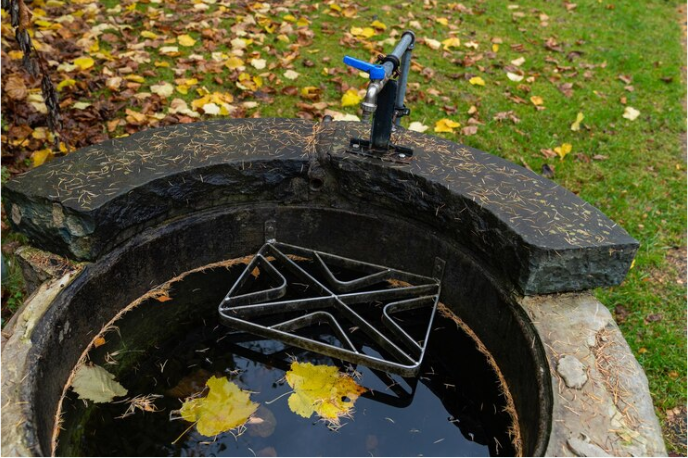For homeowners relying on a septic system, what goes on underground often remains out of sight and out of mind – until a problem arises. Your septic tank is a crucial component of your home’s wastewater treatment, designed to separate solids from liquids before effluent disperses into the drainfield.
Neglecting this vital system can lead to costly backups, environmental contamination, and premature system failure.
Regular septic tank pumping isn’t just a recommendation; it’s a fundamental practice to ensure the longevity, efficiency, and health of your entire wastewater management system.
Understand Your Septic System’s Capacity
The first step to effective septic tank maintenance is knowing your system. Septic tanks come in various sizes, and their capacity dictates how much waste they can hold before needing septic pumping.
Factors like the number of bedrooms in your home and the number of occupants directly influence the volume of wastewater generated.
Consult your system’s documentation or a professional to understand your tank’s size and how quickly it accumulates solids. This knowledge forms the basis for establishing an appropriate pumping schedule.
Adhere to a Regular Pumping Schedule
The most critical tip is to stick to a consistent pumping schedule. While the exact frequency varies, most experts recommend pumping your septic tank every three to five years for average household use.
Homes with more occupants, a garbage disposal, or an older/smaller tank might require more frequent pumping, perhaps every one to three years.
Regular pumping prevents the solid layer (sludge) from building up too high, which can lead to solids flowing into the drainfield, causing clogs and irreversible damage.
Monitor Sludge and Scum Levels
While sticking to a schedule is important, monitoring the actual sludge and scum levels within your tank provides a more precise indication of when pumping is needed. A qualified septic professional can perform this check during routine inspections.
They will measure the thickness of the scum layer (floating solids) and the sludge layer (settled solids). If the sludge layer reaches a certain percentage of the tank’s liquid capacity, it’s time to pump, regardless of the last service date. This proactive approach ensures you’re pumping based on actual need.
Be Mindful of What Goes Down the Drain
Your septic system is designed to handle human waste and toilet paper – and very little else. What you flush or pour down your drains significantly impacts the rate of sludge accumulation.
Avoid flushing non-biodegradable items like wet wipes, feminine hygiene products, excessive paper towels, or dental floss.
Limit the use of harsh chemicals, excessive grease, and coffee grounds, as these can disrupt the natural bacterial balance in the tank or contribute to blockages. A good rule of thumb is “If it’s not pee, poo, or paper, it doesn’t go!”
Practice Water Conservation
Every gallon of water you use ends up in your septic tank. Practicing water conservation reduces the overall volume of wastewater entering the system, thereby decreasing the frequency with which your tank fills up and the stress placed on the drainfield.
Take shorter showers, fix leaky faucets and toilets, run full loads in washing machines and dishwashers, and install low-flow fixtures. These small changes collectively make a big difference in extending the time between pumping services and preserving your system.

